With nearly half of the world’s population* actively using at least one Facebook product (Facebook, WhatsApp, Instagram, or Messenger), there’s no denying the reach and importance of social media. But beyond the sheer volume of users, social media has become a cornerstone of marketing for its measurability and effectiveness. Social media enables both individuals and brands to share their voices and stories, connecting around the world in ways that were never before possible. And speaking of voices, conversation marketing is one of the fastest-growing mediums in digital marketing today.
As social platforms grow and diversify, so too do the marketing strategies brands use to reach and engage with their customers. Two strategies that transcend platforms are paid social (ads) and influencer marketing.
Paid Social Media
Social media ads are messaging or content that is targeted at specific audiences and displayed on social media platforms. These ads often look like organic posts but are legally required to be noted as ads with text such as “Sponsored” or “Ad.” Social ads are so powerful and popular due to their highly targeted nature, which is why they should be part of your campaign strategy.
Facebook has thousands of targeting parameters that enable marketers to reach their customers. But these options and the bidding process to obtain your desired key words or audiences can quickly become overwhelming. Armed with a specific goal, an understanding of your customers and the platforms they prefer, set a budget for paid social, since you’ll probably want to start small and run two to three ads per campaign. This will enable you to test different combinations of images and copy. Track your performance and drop ads that aren’t getting clicks. Just as I pointed out with search engine pay-per-click ads in the first article of this series, broad audience targeting is more expensive and typically results in a lower conversion rate.
Influencer Marketing
Another form of paid social advertising is influencer marketing. Brands pay users with specialty knowledge on a topic to promote products or services to their audiences who look to them for recommendations. Users showcase how they use a product or service via their own accounts and often pass along personalized discount codes to their audience. These codes and shoppable features across platforms make it easier for marketers to measure ROI. Influencer marketing is viewed as less invasive than targeted ads, and for many social media users, feels more like receiving a recommendation from a friend.
Even Amazon is leaning into influencer marketing via collaborations called Amazon The Drop. Amazon selects influencers to co-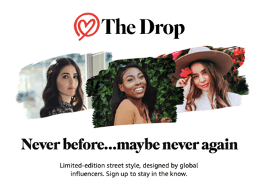 create a limited-edition line of clothing, then the influencers promote their line ahead of the drop via stories and other social content. Once a collection drops, shoppers have 30 hours to snatch up their favorite looks. Limited quantities of product and ephemeral content (media available for short periods of time, usually 24 hours or less) drive excitement, engagement and sales for both Amazon and influencers alike.
create a limited-edition line of clothing, then the influencers promote their line ahead of the drop via stories and other social content. Once a collection drops, shoppers have 30 hours to snatch up their favorite looks. Limited quantities of product and ephemeral content (media available for short periods of time, usually 24 hours or less) drive excitement, engagement and sales for both Amazon and influencers alike.
Though you’ll likely see Kendall and Kylie on the pages of The Drop, recent trends suggest that many marketers are no longer keeping up with the Kardashians. Marketers from brands both big and small are instead focusing on micro-interactions with more niche influencers. Think influencer marketing may be for you? Consider platforms such as Upfluence, Traackr, or Klear which will help you to identify the right influencer, develop your campaign and track performance, all in one place. #NotSponsored
Conversation Marketing
While social media provides incredible scalability for sharing our voices, the good old-fashioned one-on-one chat is experiencing a renaissance in the form of conversation marketing. This marketing medium seeks to build one-to-one relationships with customers through real-time conversations. Some examples of conversation marketing include chatbots, live chat (with a human), voice assistants, and voice search. Conversations with bots and humans take place on brand websites, via text message, Facebook messenger, WhatsApp, and other messaging platforms.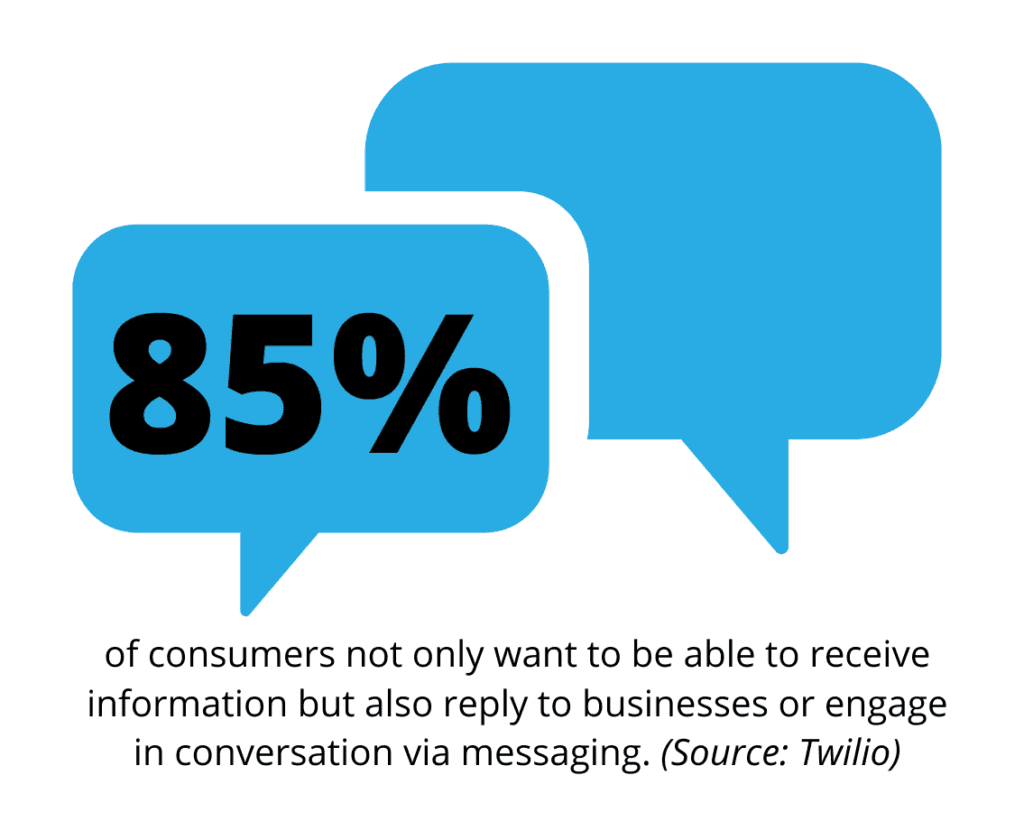
Consumers are engaging in these conversations because they are more convenient and typically result in a faster answer than completing a website form or making a phone call to customer service. A recent study by Twilio found that roughly 85% of consumers not only want to be able to receive information but also reply to businesses or engage in conversation via messaging (and prefer it over email). Brands are increasingly turning to conversation marketing for its scalability, conversion rates, and ability to create more personalized experiences.
Understanding your customer journeys—where customers interact with you and what their needs are at each point—is key to designing effective conversation marketing experiences. Leverage journeys to determine the right conversation marketing medium for your various platforms and to inform responses and recommendations for your customers.
Whether you’re leveraging the voice of an influencer or enabling 1:1 conversations on your websites, a targeted approach based on customer data is critical to success. Fortunately, all of the mediums discussed in this post can be tested. Determine which niche influencers drive the highest engagement and sales, try out different copy and image combinations for social ads, and test various opening questions from chatbots. Though paid social and conversation marketing are still relatively new as compared to other marketing mediums, popularity among customers combined with scalability and effectiveness means these platforms are here to stay.
Need help designing or executing your digital marketing strategy? Incendio’s digital marketing team provides ad-hoc and full-service digital campaign and messaging support to assist you with marketing and advertising delivered across all digital channels – website, social media, mobile applications, email, web applications, search engines, websites, or any digital channel. We can help with CRM, website design, digital design, pay per click, SEO, deployment and analysis. Reach Jenn at JennMcMillen@IncendioWorks.com
*According to Statista, in the second quarter of 2020, 3.14 billion people globally are actively using at least one Facebook product (Facebook, WhatsApp, Instagram, or Messenger).





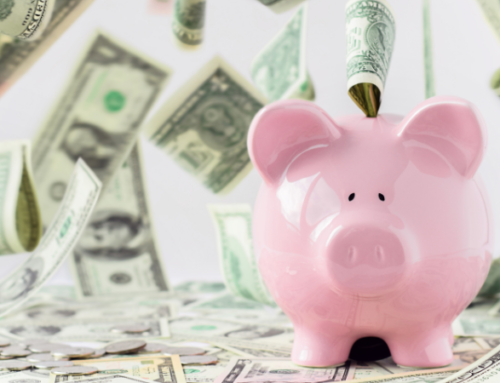
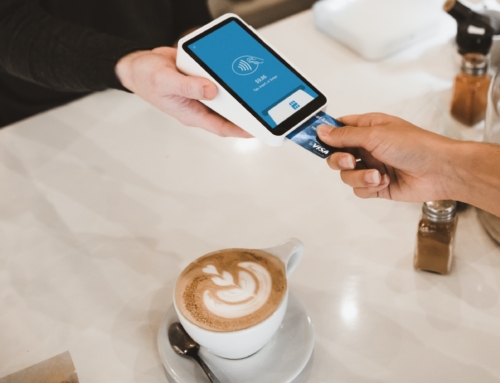

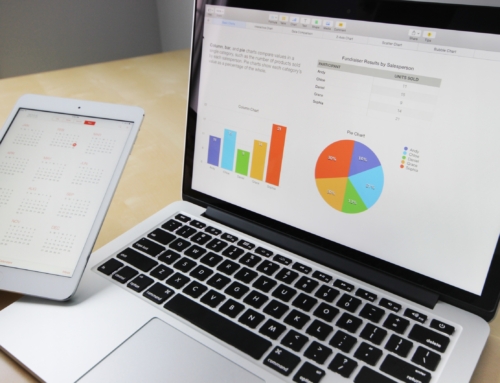

Leave A Comment